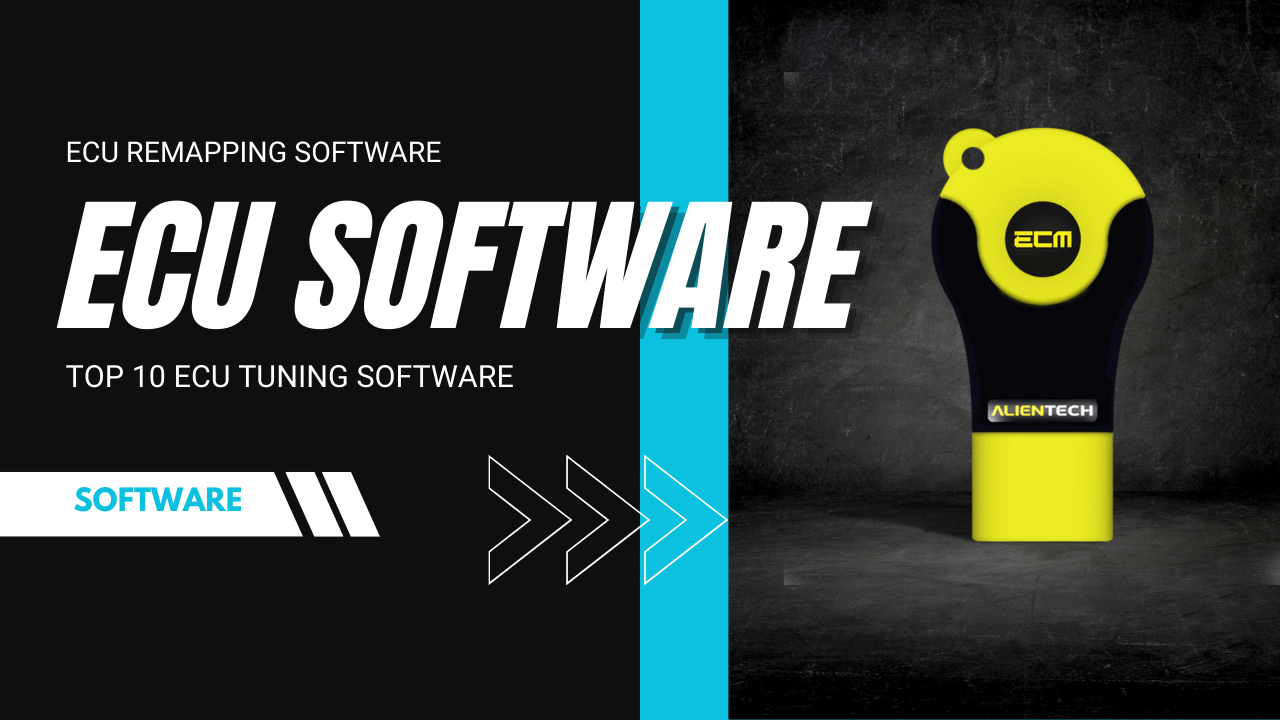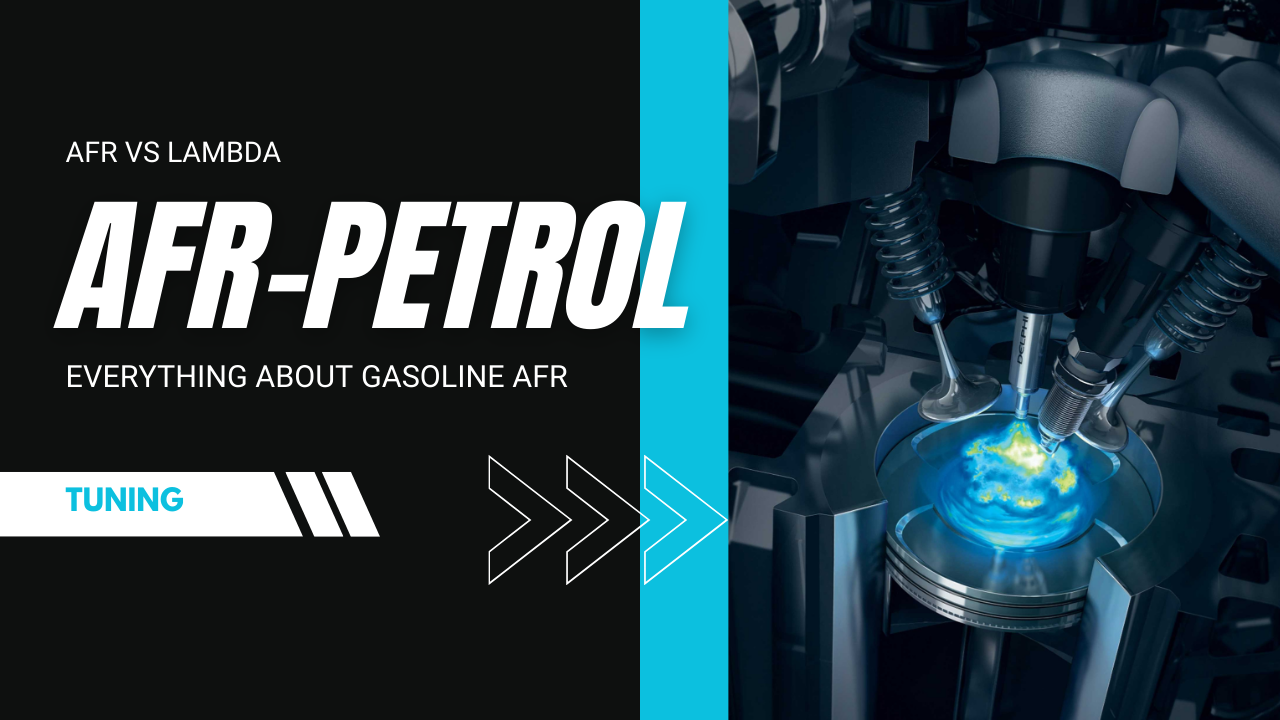
Wideband Air/Fuel Ratio Gauge Kits: Comparison, Calibration, and Tuning Guide
What is Wideband tuning?
Wideband tuning is the process of adjusting an engine’s fuel and injection maps using real-time data from a wideband oxygen sensor. How is that data monitored you say? There are wideband gauges that connects directly to the sensor and monitors the concurrent AFR of the car. The tuner usually goes on couple of different runs while changing the fuel maps inside the ECU to reach the best performance.
What is The Air/Fuel Ratio gauge?
An Air/Fuel Ratio (AFR) gauge measures the proportion of air to fuel in the combustion process. When used with a wideband sensor, it provides precise, real-time AFR data, essential for accurate engine tuning and combustion efficiency.
Why You Need a Wideband Air/Fuel Ratio gauge For Tuning?
The Air/Fuel Ratio (AFR) is one of the most critical parameters when tuning any engine, whether it’s diesel or petrol. Modifying components such as headers, downpipes, or installing a decat often disrupts the AFR, causing the engine to run too lean or too rich in certain conditions. These changes can negatively impact engine performance, fuel economy, and even longevity. After installing parts that affect the AFR, using a wideband AFR gauge is essential. It provides precise, real-time AFR readings, allowing for fine-tuning of the fuel delivery to achieve the optimal balance between performance and efficiency. Wideband tuning ensures the engine runs safely at peak performance, reducing the risk of knocking and preventing damage from lean or rich conditions (e.g EGT reaching high temperature), while improving both power output and fuel economy.
What is Wideband Kit:
A wideband kit helps monitor and adjust the air-fuel ratio (AFR) in an engine, crucial for tuning and performance. It includes key components that work together to give accurate AFR readings. Here's a quick breakdown of what’s in a typical wideband kit:
1- Wideband Gauge
The wideband AFR gauge displays real-time data of the engine’s air-fuel ratio. This gauge provides precise readings, typically in the range of 8:1 to 20:1 AFR. This accurate display allows tuners to make adjustments to the fuel map, optimizing performance, fuel efficiency, and engine health. It's crucial for monitoring the effects of modifications like turbo upgrades or exhaust changes.
2- Wideband O2 Sensor Controller
The wideband O2 sensor controller manages the communication between the sensor and the gauge. It converts the electrical signal from the wideband O2 sensor into a readable output for the AFR gauge. The controller ensures that the data is accurate and stable, making sure the sensor provides precise AFR measurements across a wide range of engine conditions. This controller also often features calibration functions to fine-tune the system for optimal performance.
3- Wideband O2 Sensor
The wideband O2 sensor is the core of the system. Unlike traditional narrowband sensors, wideband O2 sensors provide precise measurements of the air-fuel ratio by continuously monitoring the exhaust gases. One of the most commonly used sensors is the Bosch LSU 4.9, known for its high accuracy and reliability in tuning applications. This sensor is specifically designed to handle high-performance engines, providing a wider range of AFR readings for precise tuning, which is critical for performance, fuel economy, and engine protection under varying driving conditions.
Wideband vs. Narrowband: What is the difference?
Narrowband oxygen sensors are installed in most cars and can report to the ECU that if the air-fuel mixture is either rich or lean, the voltage ranges from 0.1 to 0.9 (0.1 being lean and 0.9 being rich).
Wideband oxygen sensors on the other hand do a much better job in analyzing the air-fuel mixture. Contrary to narrowband, the voltage ranges from 0 to 5, but this time it tells us how rich or how lean the AFR is. While narrowband sensors only detect “rich” or “lean” conditions, wideband sensors provide a precise AFR value (Lambda), essential for modern engine management and tuning. Most GDI engines and modern diesel vehicles use wideband oxygen sensors for better fuel-economy and emission standards.
How to install Wideband Sensor and Gauge?
There are different places on the exhaust where the sensor can be installed. That depends on the type of ECU and type of use.
On standalone ECUs, the wideband O2 sensor is usually installed in the Sensor 1 location, replacing the factory upstream sensor so the ECU can directly use AFR data for tuning.
https://statics.schiller-tuning.com/images/JUt37vDUQtq8lcfa6DBVtM4SgX3KVMCK7W6ZEU4u.png
On stock ECUs, tuners often install the wideband sensor in the Sensor 2 (post-cat) location after tuning, to leave the factory ECU operation untouched while monitoring AFR in real time.
For temporary use during tuning sessions, many professionals weld a dedicated bung in the exhaust (usually before the catalytic converter), use a clamp-on adapter or install it on a tailpipe mount. This allows for accurate wideband data collection without interfering with OEM sensors.
What is a Tailpipe AFR meter?
A tailpipe air/fuel ratio meter is a portable wideband sensor system designed to measure AFR without permanently modifying the exhaust system. It uses a clamp-on or probe-style sensor that fits into the tailpipe, making it ideal for quick diagnostics, dyno sessions, or tuning multiple vehicles. These tools provide real-time AFR readings for precise tuning without the need to weld a bung. Top brands include AFR500v2 by Ballenger Motorsports, AEM X-Series with tailpipe adapter, and Innovate LM-2, known for their accuracy, reliability, and data logging capabilities.
How to read the AFR gauge?
Almost all of AFR gauges have three main modes for showing data from the sensor. You can view the AFR (e.g. 14.7) , Lambda, and the voltage output. AFR mode is most common for petrol tuning, while lambda is more universal across fuel types. Voltage display is typically used when integrating with standalone ECUs or logging software. Make sure to set your preferred display mode before tuning.
Review the Best Wideband AFR Gauge Kit & O2 Sensors for Tuning
1. AEM (30-4110) UEGO Wideband AFR Gauge
The AEM 30-4110 is one of the most popular wideband kits available. It comes with a Bosch LSU 4.9 sensor and offers quick response, high accuracy, and a simple installation process.
Pros: Fast sensor response, easy setup, compatible with most ECUs and tuning software, durable gauge.
Cons: Limited data logging capabilities, display is basic compared to premium models.
Ideal for: DIY tuners and those seeking a reliable plug-and-play solution.
2. Innovate Motorsports LC-2 Kit with Bosch LSU 4.9
The Innovate LC-2 is a favorite among advanced tuners due to its powerful data logging and calibration features. It also uses the Bosch LSU 4.9 sensor for high precision.
Pros: Advanced logging via LogWorks, supports multiple sensor types, customizable analog outputs.
Cons: More complex installation, requires manual calibration.
Ideal for: Professional tuners or anyone needing deep control over AFR tracking.
3. PLX Devices SM-AFR Gen4 + Bosch LSU 4.9
PLX offers modular wideband systems that can integrate with other sensors. The SM-AFR Gen4 delivers fast, accurate AFR readings and digital outputs.
Pros: Expandable with other PLX modules, compact design, good sensor performance.
Cons: Interface is less intuitive, limited standalone features.
Ideal for: Tuners building a modular data setup.
4. 14Point7 Spartan 3 Lite
Known for its affordability and precision, the Spartan 3 Lite is an open-source-friendly wideband controller that also uses the Bosch LSU 4.9 sensor.
Pros: Affordable, high accuracy, open-source software support, minimal signal noise.
Cons: No built-in display (gauge sold separately), not beginner-friendly.
Ideal for: Advanced tuners and standalone ECU users.
Each of these wideband kits uses the trusted Bosch LSU 4.9 sensor, which offers excellent reliability and precision, making it the preferred choice for both aftermarket tuning and OEM use. At Schiller Tuning, we recommend using wideband systems like these during all tuning stages to ensure accurate AFR targeting, better performance, and safer engine operation.
Wideband Tuning Services
At Schiller tuning, we bring over a decade of experience in professional ECU tuning, with a strong focus on data-driven precision. We prioritize the use of wideband O2 sensors and datalogging tools to ensure every tune is optimized for performance, reliability, and fuel efficiency—especially for vehicles with aftermarket upgrades.
Whether you're a tuner or a car enthusiast planning to install performance parts, you can submit your original ECU file through our Tuning File Service. Our expert technicians will review your setup, contact you directly, and work closely with your data to deliver the best possible calibration. By sharing your datalogging results and wideband AFR logs, we can fine-tune your engine for maximum output, smooth drivability, and safe operation under all conditions.
Contact us: Contact us easily via WhatsApp at +45 55 22 92 98
Email: [email protected] We’re here to help!
If you found this helpful, please consider sharing it with others!
FAQs:
1. What is a wideband AFR gauge?
A wideband AFR gauge measures your engine's air-fuel ratio accurately in real time, crucial for tuning and performance.
2. Why do I need a wideband O2 sensor for tuning?
It helps optimize fuel delivery, improve power, reduce knock, and prevent engine damage during tuning.
3. Is a Bosch LSU 4.9 sensor good for tuning?
Yes, it’s a widely used wideband sensor known for precision and compatibility with top gauge kits.
4. Can a wideband AFR gauge improve fuel efficiency?
Yes, accurate AFR readings help fine-tune fuel maps, leading to better efficiency and lower emissions.
Related Articles:

Best ECU Tuning & Programming Tools / Top 10 ECU Tuning Tools
Best ECU Tuning Tools -This article introduces the best ECU Remapping Tools for comparison and covers various ECU programming methods.

Top 10 ECU Tuning Software
"Discover the top 10 best ECU Remapping software options in our comprehensive comparison, featuring popular software like WinOLS, ECM Titanium, and more.

Petrol AFR vs Lambda / Everything About the Lambda Air/Fuel Ratio Chart
Learn about Petrol AFR vs Lambda, how to convert Lambda to AFR, and the best AFR for power. Explore the Lambda air/fuel ratio chart for optimal performance.
Comments
Tony
3 months agoadmin
3 months ago1- If PW already increased before AFR goes lean → wideband lag.
2- If AFR spikes lean first and PW lags behind → real transient fueling issue.
To tell if a lean spike is from fueling or wideband lag, check timing. If injector PW or commanded fuel rises with throttle before AFR shows lean, it’s sensor lag. If AFR spikes lean before PW increases, it’s a real transient fueling issue. Wideband lag looks like a delayed, smooth AFR response; true fueling issues are sharp and match airflow or fuel pressure dips.
Harold Arneson
3 months agoadmin
3 months agoStoichiometric AFR: ~9.7:1
Cruise/light load: 12–13:1
WOT/full boost: Safe range 6.8–7.2:1 (≈11.5–12.0:1 on gasoline).
Always use a wideband O2 sensor for accurate monitoring, since boost level, knock resistance, and ECU tuning can shift the ideal values.